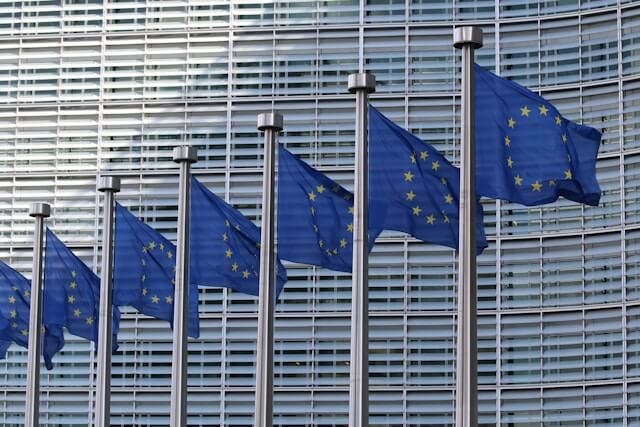The 2024 eInvoicing Directive Report by the European Commission indicates the significant advancements in the digitalisation of eInvoicing across the EU especially since the 2014 Directive. The report highlights the efforts taken to promote a more interconnected, interoperable, and efficient European eInvoicing landscape, taking a further step towards a fully integrated and digitalised Single Market.
Following the implementation of the eInvoicing Directive in 2014, all public administrations across the EU are required to comply with the European Standard on eInvoicing. The 2014 Directive has been instrumental in simplifying cross-border invoicing procedures, fostering efficiency, and reducing costs for businesses and public administrations. This standardization has not only streamlined processes but also reduced the time to payment for businesses involved in public procurement.
Key findings of the 2024 Report
The general uptake of eInvoicing in the EU (B2B and B2G) grew from 10.3% in 2013 to 38.6% in 2023.
However, there are enormous differences between Member States – the percentage of enterprises sending or receiving eInvoices widely varies with 14.8% in Poland, 97.5% in Italy.
Regarding the obligation amongst Member States to send eInvoices in B2G transactions, 15 have made it mandatory, 3 have imposed a partial obligation, and 9 have not mandated it.
Italy, Spain, Portugal, and France introduced legislation mandating eInvoicing for suppliers in B2B based on national standards. These countries have developed their own frameworks and platforms to facilitate the exchange of electronic invoices in a manner that aligns with their national regulations, while also adhering to the broader EU directive. These efforts reflect the EU’s commitment to harmonising the eInvoicing landscape, as evidenced by new policy initiatives like the VAT reporting proposal, aiming for further integration within the EU’s digital market.
The report can be accessed here: EU Directive Report
Celtrino’s EDI Invoicing solutions are designed to ensure seamless compliance and operational efficiency in this new era. To discover how our services can support your transition to electronic invoicing, please visit our website or contact us directly.


